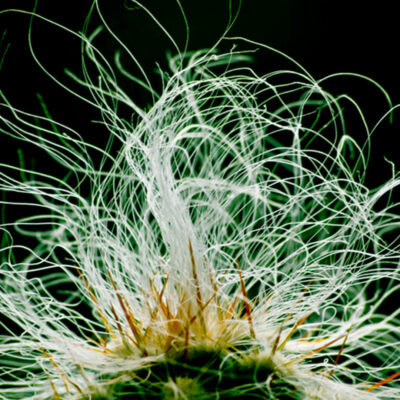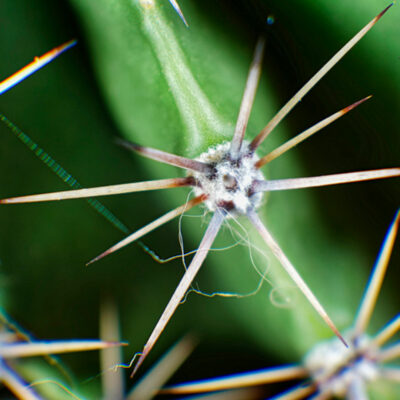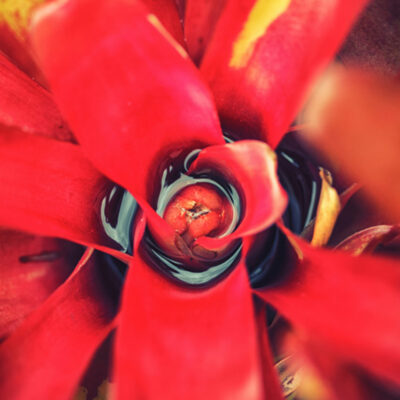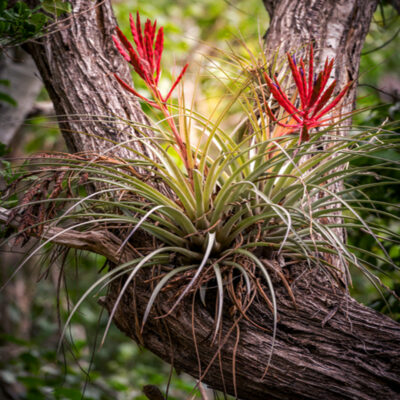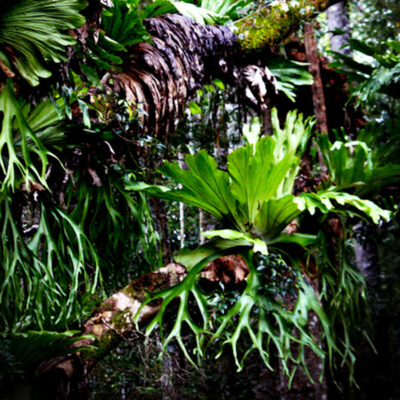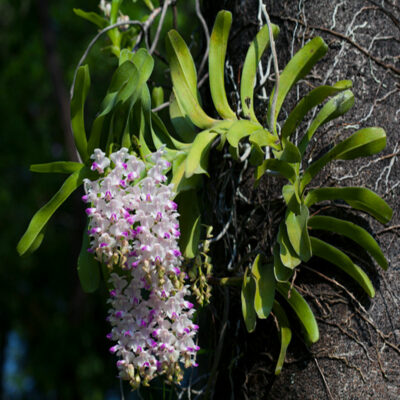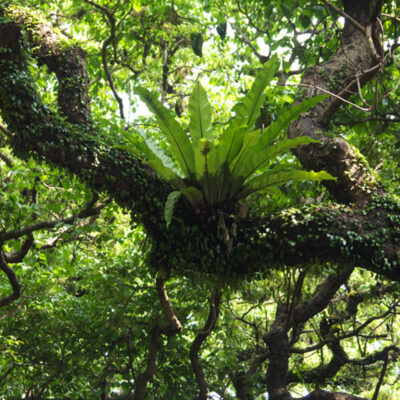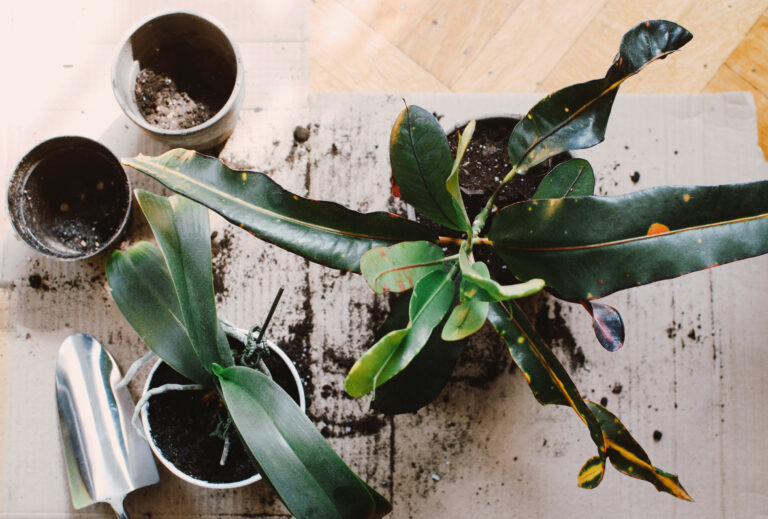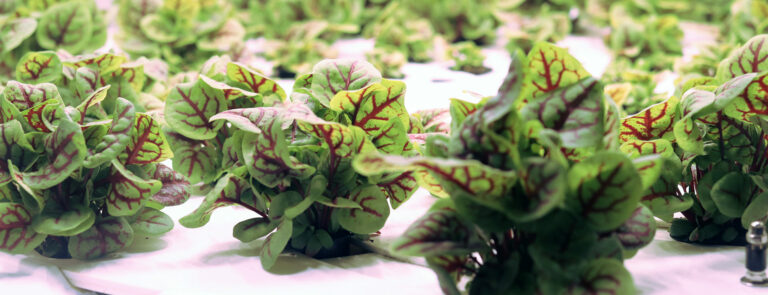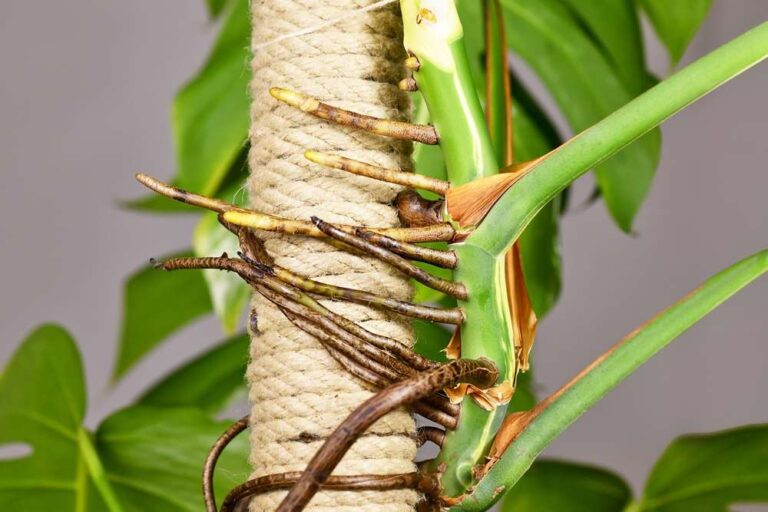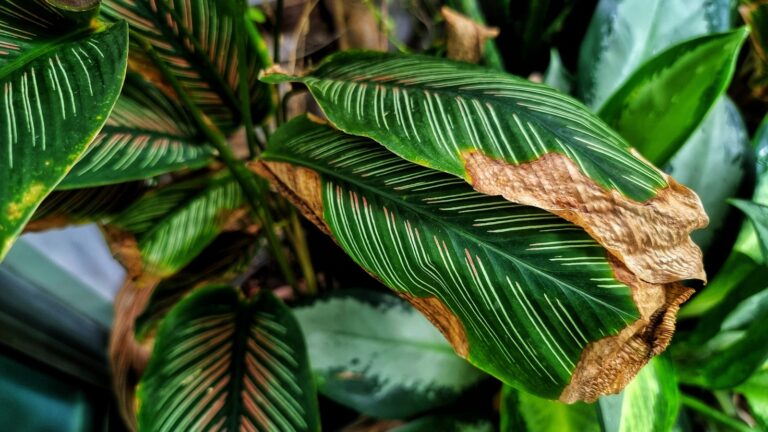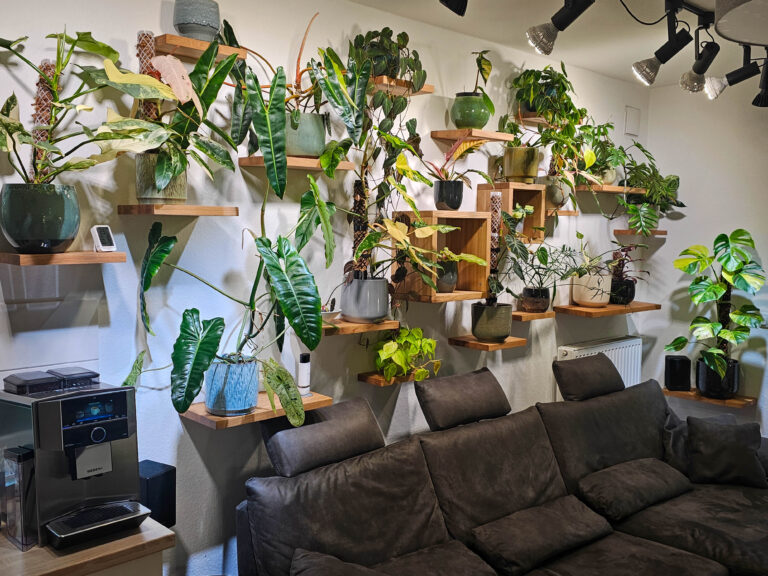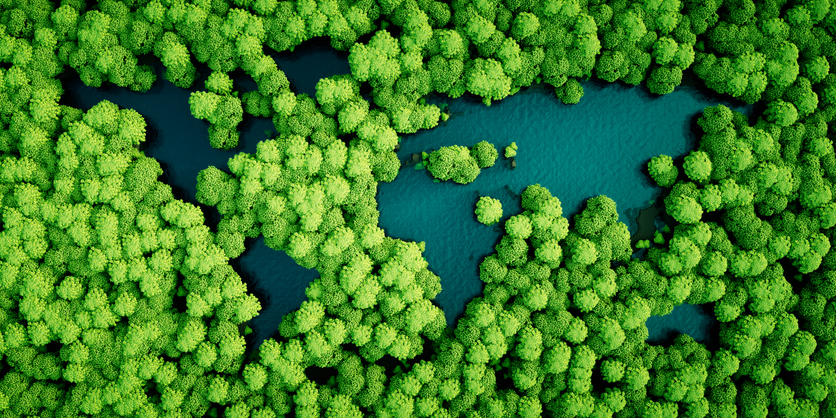
Rainforest lakes in the shape of world continents. Environmentally friendly sustainable development concept. 3D illustration.
Water is the origin of all life on our planet. It has existed on our planet for four billion years. That’s about 1.5 trillion nights of sleep, or in other words: a really, long time. One of the main properties that enabled water to form life is that it acts as a medium that dissolves different kinds of substances and lets them interact with each other. This means that wherever water goes, either through the ground or through our bodies, it takes valuable chemicals, minerals, and nutrients. And this is how the first amino acids were formed, which (and here it comes) created the first organic compounds – plants!
Watering your plant is a no-brainer, but knowing how much and how often so that no one lets their heads hang, can be tricky. That’s why it’s important to understand the relationship between water and plants.
Basics: Why is water so important for plants?
Like humans, plants are mostly made up of water: nearly 90 percent! Water performs many essential functions in plants. You best think of it as the blood of plants. Water provides structural support, cools your plant down, and moves minerals to wherever needed.
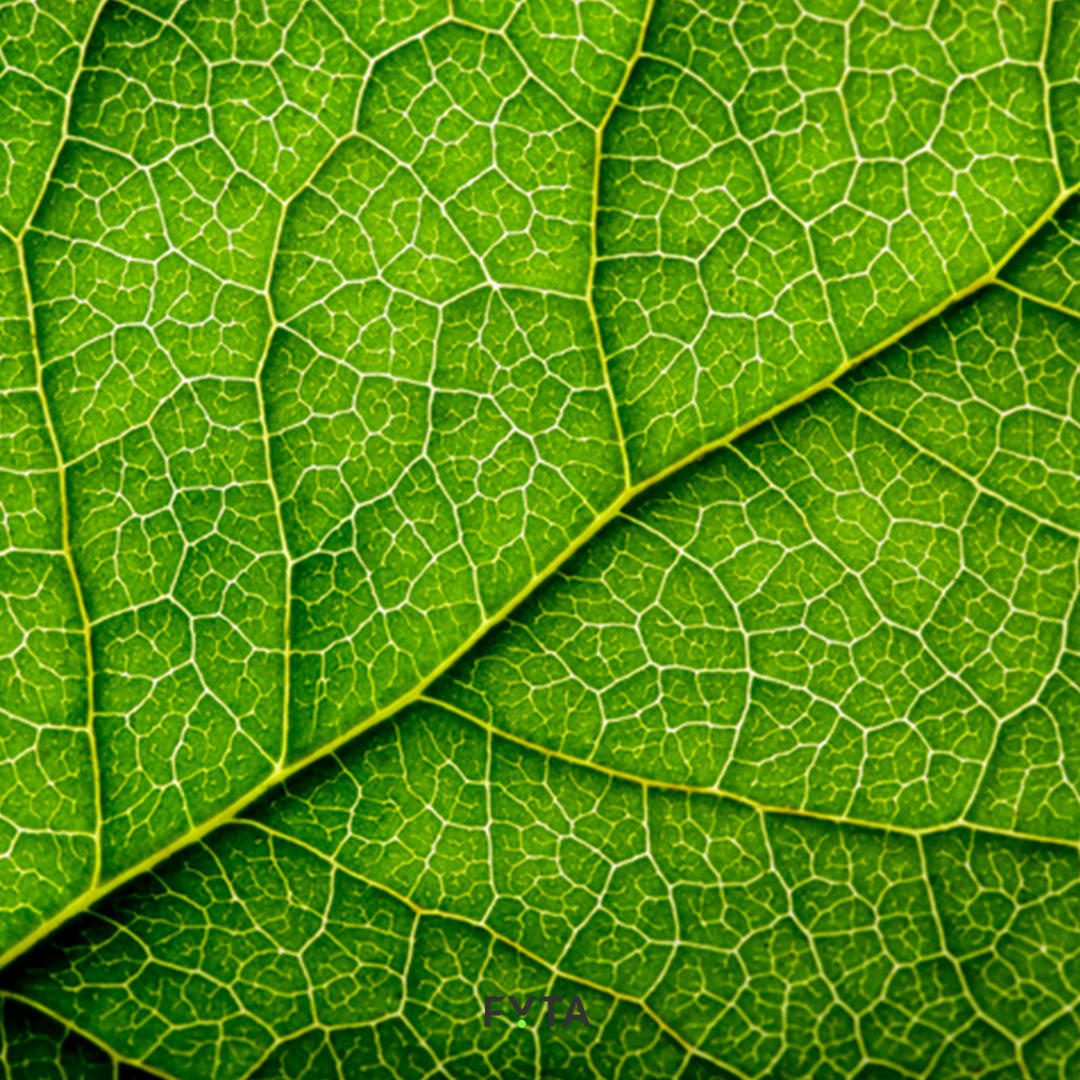
Water ensures that your plants don’t wilt. But be careful: Too much water will seriously harm your plants. Overwatering is one of the most common causes of plant death. Plants can literally drown. Roots start to rot when waterlogged, and your plant won’t absorb nutrients anymore.
How does my plant transport water? And what's in it?
Plants absorb water and the minerals dissolved in it primarily through the roots. Five essential minerals are needed in large quantities: nitrogen, phosphorus, potassium, calcium, and magnesium. You can consider these nutrients plant food.
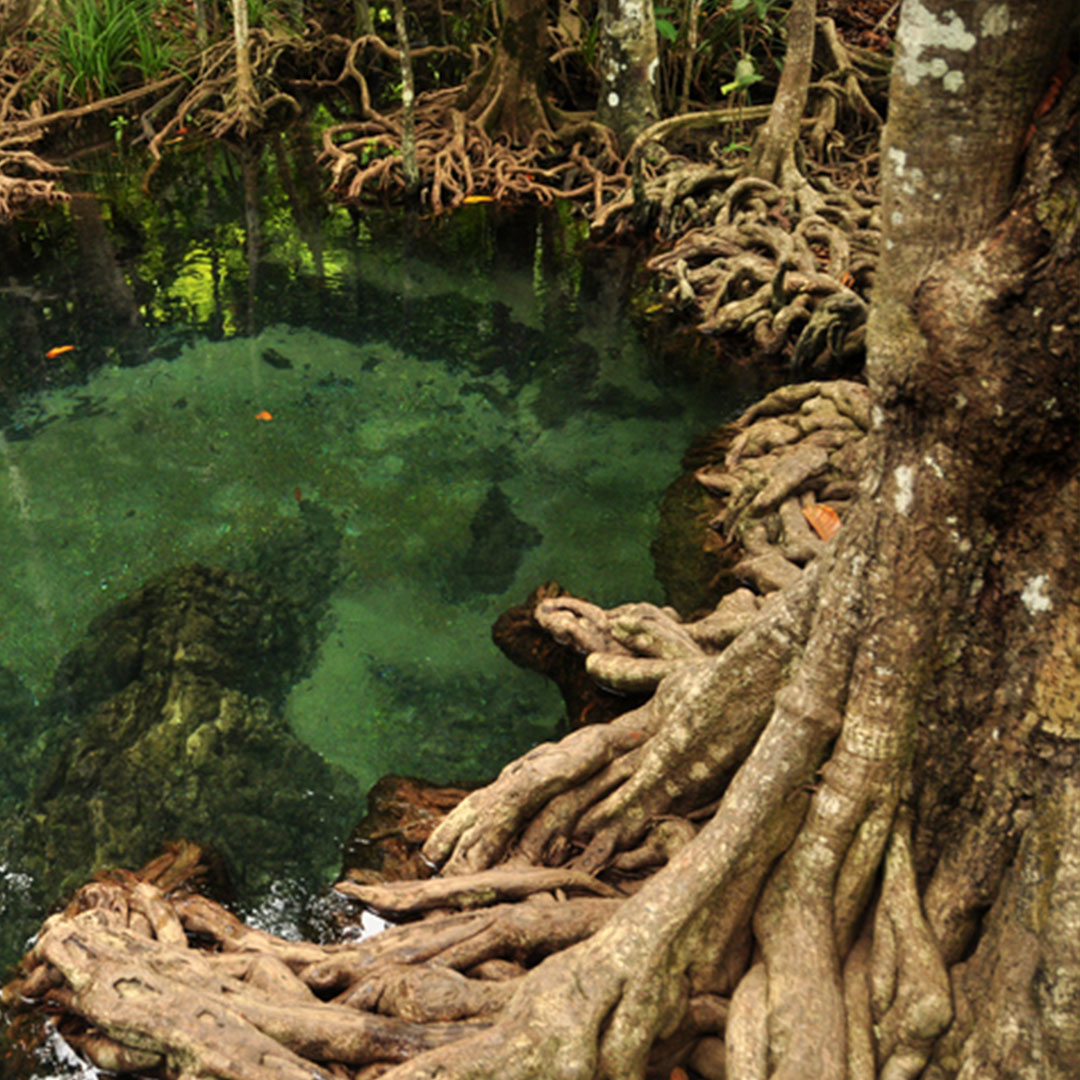
But how does the nutritious water get to the tips of the leaves?
Great question! To understand how water reaches the leaf tips, we need to take a closer look at the leaves: There are teeny tiny “pores” on the leaf surfaces called stomata.
Stomata have a fundamental role in controlling two of the essential plant processes — photosynthesis and transpiration. The leaves of your plants have a much higher water vapor concentration (or: absolute humidity) than the surrounding area. When the outer cells release water to their environment, they naturally contain less water than the cells inside the plant. This creates a negative pressure (also called negative turgor pressure) and ensures that the water inside the plant is sucked upwards to compensate for the water loss. And this is when the magic happens: Water is pumped through the whole plant by the water released at the leaf tips – no matter if it is the climbing philodendron at home or the giant trees in the rainforest.
Fun fact: Did you know that trees cannot grow taller than 130 meters? The low water pressure at a certain height causes water stress in the tips, which leads to smaller leaves and less photosynthesis.

Help, my plant is sweating!
Have you ever noticed tiny drops of water on your plant leaves? It almost looks like your plant is sweating. This phenomenon is called guttation. Guttation happens at night when the soil is very moist, and the roots absorb water. If there is too much water, root pressure causes the water to squeeze out of the plant and onto the tips of the leaves or the blades of the plant. Guttation helps the plants dispose of unwanted nutrients and maintain water balance for the proper growth and development of the plant body. In contrast, transpiration is the removal of excess water from the stomata of the leaves, which helps the plant cool down.
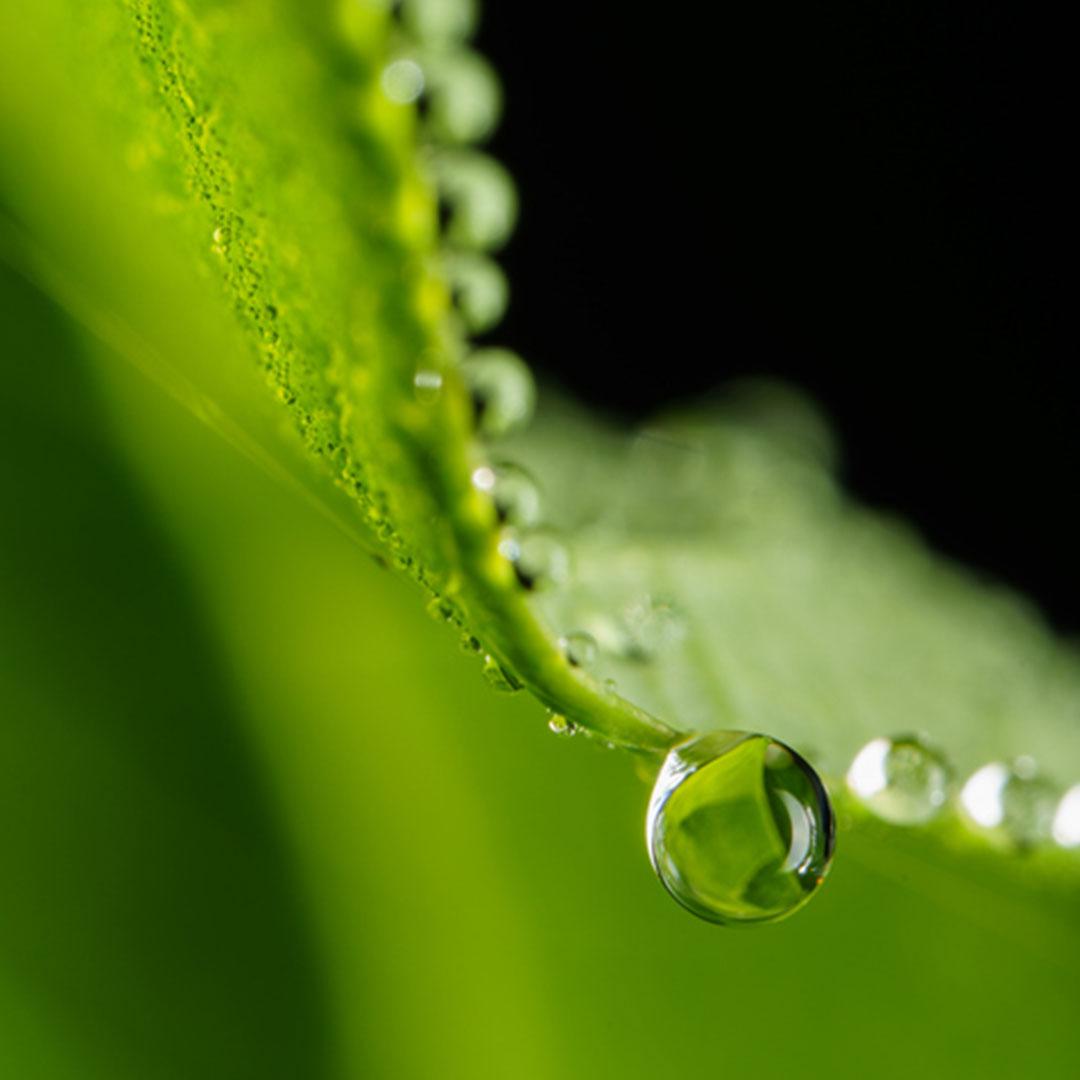
How much water does my plant need?
The world of plants is diverse. Like us humans, every plant has its preferences. Most of the time, these preferences evolved in response to the conditions in their natural habitat. Sunlight, temperature, humidity, and seasonal changes are among the most elementary factors affecting the need for water. Here are a few examples for you:
Tropical plants
Tropical plants are plants that live near the equator (that is, up to about the tenth degree south as well as north latitude). Plants that originate in the ever-humid tropics have, generally speaking, high water needs. Over millions of years, they have become accustomed to tropical monsoon and high air humidity. That’s why they tend to be quite sensitive to dryness and water-related stresses.

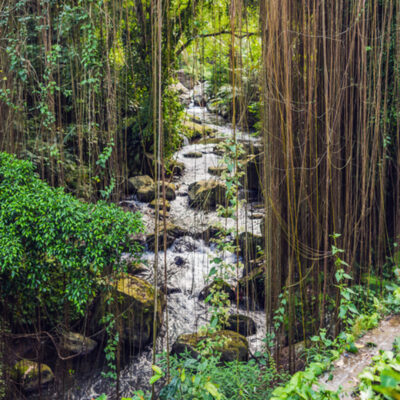
This is how they deal with the abundance of water:
- Tropical plants tend to have large pores and can, thus, transpire a relatively large amount of water.
- Through the water crevices in the leaves, they can actively release water in the form of drops (see also: guttation).
- Many tropical plants are climbers. This allows them to reach more light quickly and with less effort.
- Via aerial roots (i.e., roots on the surface), they can additionally absorb water and nutrients
Cacti and succulents
Plants from arid regions such as deserts or semi-deserts survive on very little water. They typically include cacti and succulents. They tend to be relatively resilient and are great companions for people with busy schedules that have trouble keeping up a regular plant care routine.

That’s how these survival artists manage with little water:
- Ever noticed that many cacti and succulents sport a thin layer of hair? The hair helps them to reflect sunlight and to recapture evaporated water.
- Thick leaves and stems allow to store more significant amounts of water.
- Flat shoots or spines evaporate less water and protect against animals.
- There’s a reason why many cacti are so architectural: The long cylindrical growth and longitudinal grooves create thermodynamic air currents that cool them, thus reducing water consumption.
Epiphytes
Epiphytes, also called air plants, are a bit like the tenants of the plant world. They live on trunks or branches of trees, much like parasites, except they do not feed of their hosts. Most epiphytes are found in moist tropical areas, where their ability to grow above ground level provides them with access to sunlight. Orchids, ferns, and Bromeliaceae are among them. Since they do not have any contact with the soil, they can acquire water only from humidity in the air, dew, rain, or the damp surface of the host. They absorb humidity (and nutrients) through their entire bodies.
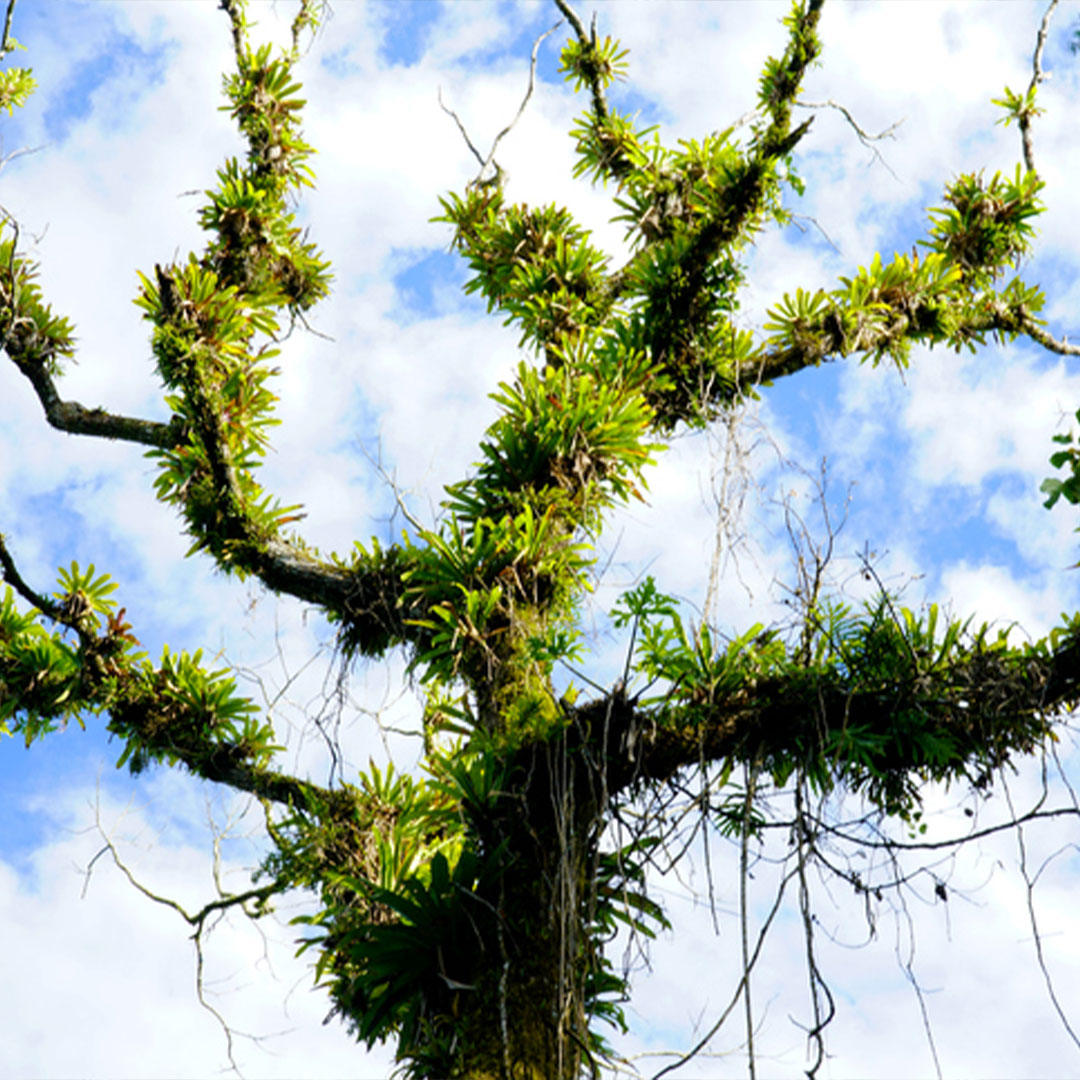
Epiphytes have adopted various strategies to support their elevated lifestyle:
- Pro-active: Like cacti and succulents, they store water in their thick leaves and stems.
- Smart: They build their own moisture-collectors using tube-like leaves as plant pots.
- Straight: They absorb water directly through their shoots.
- Groovy: They have developed a bit of fur to absorb water (tillandsias).


